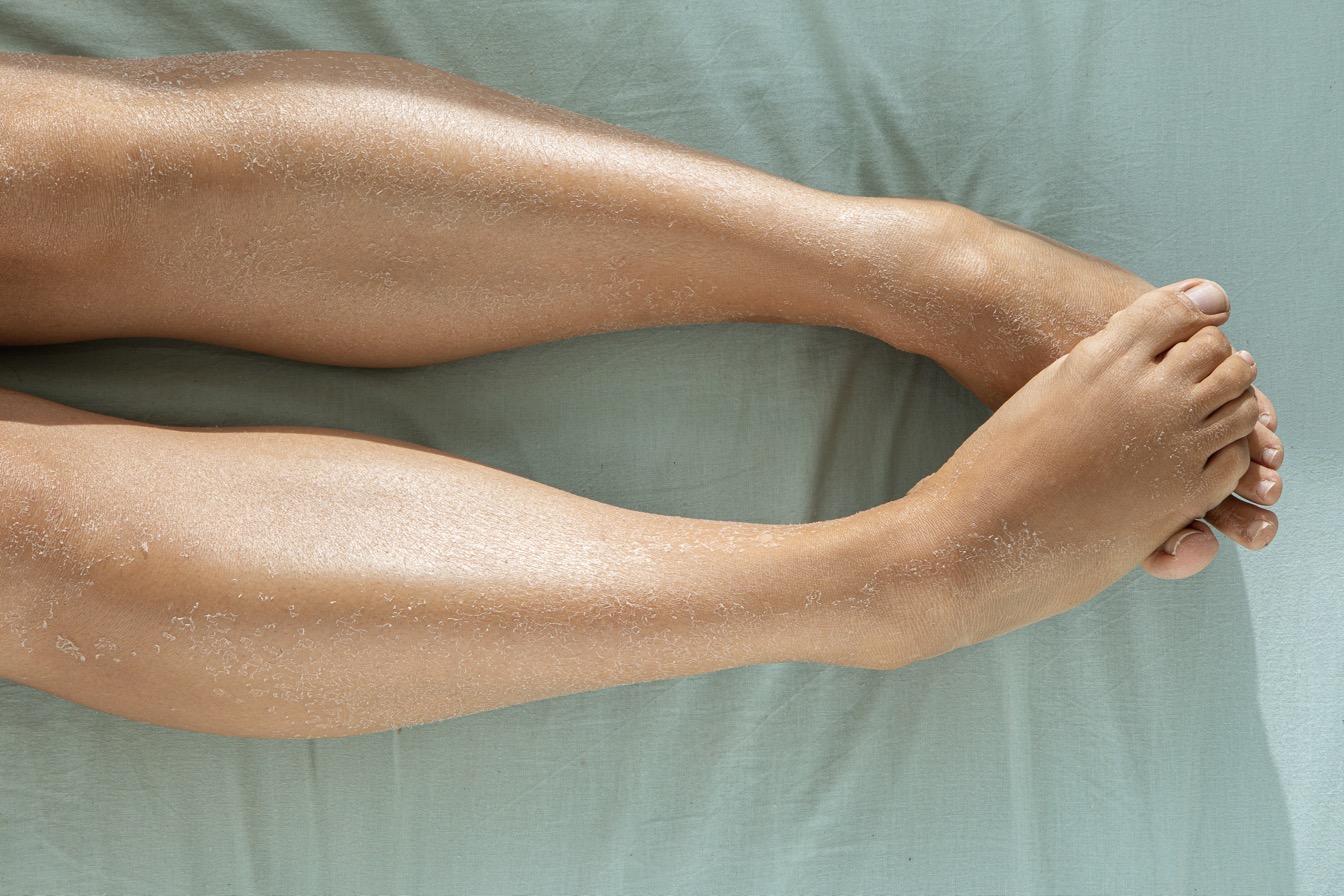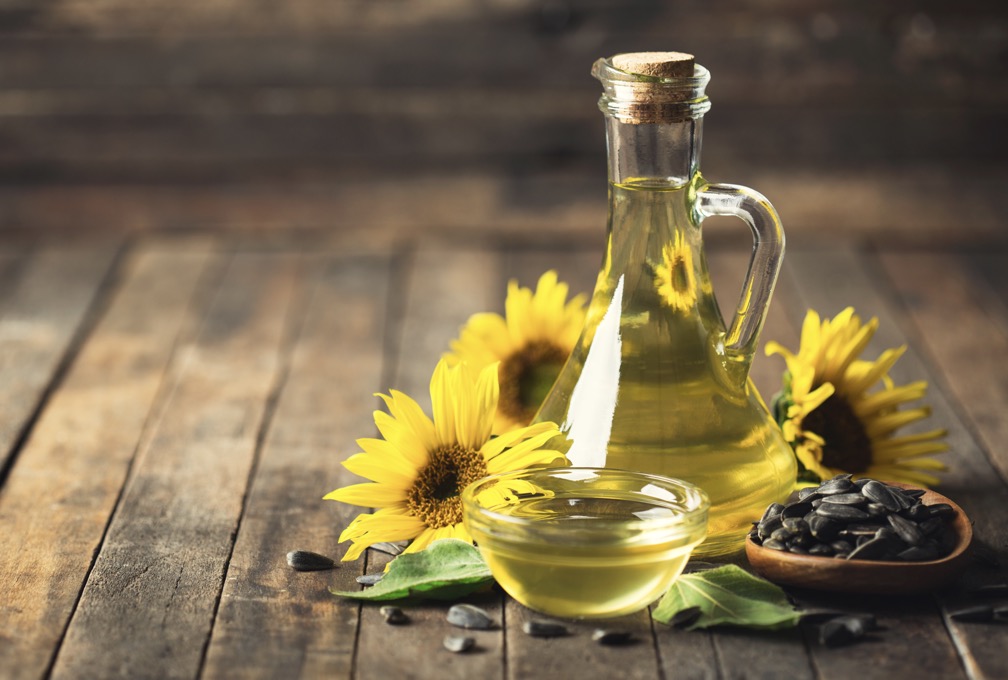Dry skin or xerosis/xeroderma is a common skin disorder. It occurs along a spectrum from mild winter dry skin in those who are otherwise healthy to atopic dermatitis/eczema. Symptoms include rough, dry, flaky/scaly skin with varying degrees of itching. In more severe dermatitis/eczema, there may be cracking, weeping, swelling and inflammation.
Among its many functions, the skin forms part of the immune system acting as a physical barrier. The risk of infection increases when the skin barrier is compromised. Aside from the cosmetic implications, dry skin can be irritating and uncomfortable and may impact quality of life.
Xerosis occurs because of changes to the skin barrier, causing dehydration and alterations in skin cell (keratinocyte) behaviour.
What are the causes of dry skin?
A range of factors contribute to dry skin, and figuring out your underlying cause will help you with the most appropriate and effective treatment.
Environmental
This is the classic “winter dry skin”.
- Cold temperatures
- Lower humidity
Other environmental
- Exposure to high heat, sitting too close to fires/heaters
- Wind
- Solar radiation
- Long, hot showers
- Use of harsh soaps, disinfectants, alcohol-based hand sanitisers
Stage of life
Changes to skin barrier function can occur from the 40s onwards. By their mid-70s, 75% of people will have some degree of xerosis. This is due to age-related decreases in collagen formation and hormonal changes that impact sebum production.
Medical conditions
Dry skin can be a symptom of some medical conditions, including
- Cancer
- Hypothyroidism
- Kidney disease
- Diabetes
Medications
- Statins
- Corticosteroids
Nutrient deficiencies
- Collagen
- Omega 3 fatty acids
- Linoleic acid
- Iron
- Vitamin D
- Vitamin A
- Zinc
- Niacin
- Vitamin C
The best way to optimise for these nutrients is to eat a varied, wholefood diet. Linoleic acid is sensitive to degradation by trans fats, high refined sugar diets and alcohol.
Natural treatment guide for dry skin
Hydration
- Be well hydrated with fluids and adequate electrolytes.
Environmental
- Wear appropriate clothing for the conditions to protect from the cold, wind, and solar radiation (hats, gloves, scarves, long pants, thermals)
- Limit times spent in extreme weather conditions
- Don’t sit too close to fires, heaters. Consider using a humidifier.
Lifestyle
- Limit caffeine and alcohol consumption
- Quit smoking and vaping. Nicotine constricts capillaries and reduces blood flow/nutrients to the skin.
- Have short, lukewarm showers/baths
- Avoid excess bathing, cleansing
- Use fragrance-free/essential oil-free/hypoallergic body products and laundry detergents.
- Wear comfortable clothing that doesn’t chafe
Topical treatments for dry skin
Regularly moisturising (1-2 times daily) with an appropriate product helps keep the skin barrier healthy. When using oils, quality is essential. You want organic, cold-pressed oils. Buy smaller quantities and store them in a cool/dark place so they don’t go rancid. Apply moisturiser directly after bathing.
Sunflower oil
Sunflower oil contains 60% linoleic acid, the primary fatty acid in the skin. It reduces inflammation and improves skin barrier function. Most skin types can tolerate sunflower oil.
Coconut oil
Coconut oil is high in lauric acid, which is antimicrobial and anti-inflammatory. Use Virgin Coconut oil. Coconut oil is an emollient that reduces transepidermal water loss as effectively as mineral oils (like Vaseline). Avoid using coconut oil on your face as it is high on the comedogenic (pore-clogging scale) at 4/5.
Oatmeal
Oats (Avena sativa) have a long history of use as a topical treatment for dry, itchy and irritated skin. Modern research backs up this traditional wisdom with colloidal oats showing benefits in eczema and atopic dermatitis. Colloidal oats are a fancy term for finely ground oatmeal suspended in water. The fats, proteins, vitamins and minerals provide beneficial skin nutrients and have antioxidant and anti-inflammatory effects.
In patients with mild to moderate eczema, a 1% colloidal oats cream showed decreased Staphylococcus aureus colonisation, improved skin microbiome diversity, and improved barrier function and hydration after 14 days of use. Eczema scores were reduced by 50%.
Topically oatmeal preparations are generally considered safe for both young and old unless you have an allergy to oats.
Making colloidal oats for an oat bath is quick, easy and affordable. The DIY approach means you will get a fresher product with higher levels of oils and nutrients.
Colloidal oats – instructions to make.
How long will it take to see results?
It takes four weeks for the epidermis in middle-aged skin to turn over. But the resolution of xerosis will also depend on the underlying drivers and the severity.
When to see a doctor
- Red patches
- Bleeding
- Excessive itching, especially if disturbs sleep
- Any signs of infection

Need help with your skin?
Norelle Hentschel is an experienced Naturopath with a clinic in Stones Corner, Brisbane and Telehealth consults Australia-wide. She has helped many clients clear up their skin conditions and improve their health.
Want more articles like this?
Join us at Your Skin Remedy – the monthly missive for healthy skin from the inside out. Practical, actionable, and informative. Your clear, glowing skin starts here.
PS. Your inbox real estate is precious. Your Skin Remedy is pitch and promo free. I promise. One email a month — that’s it.



